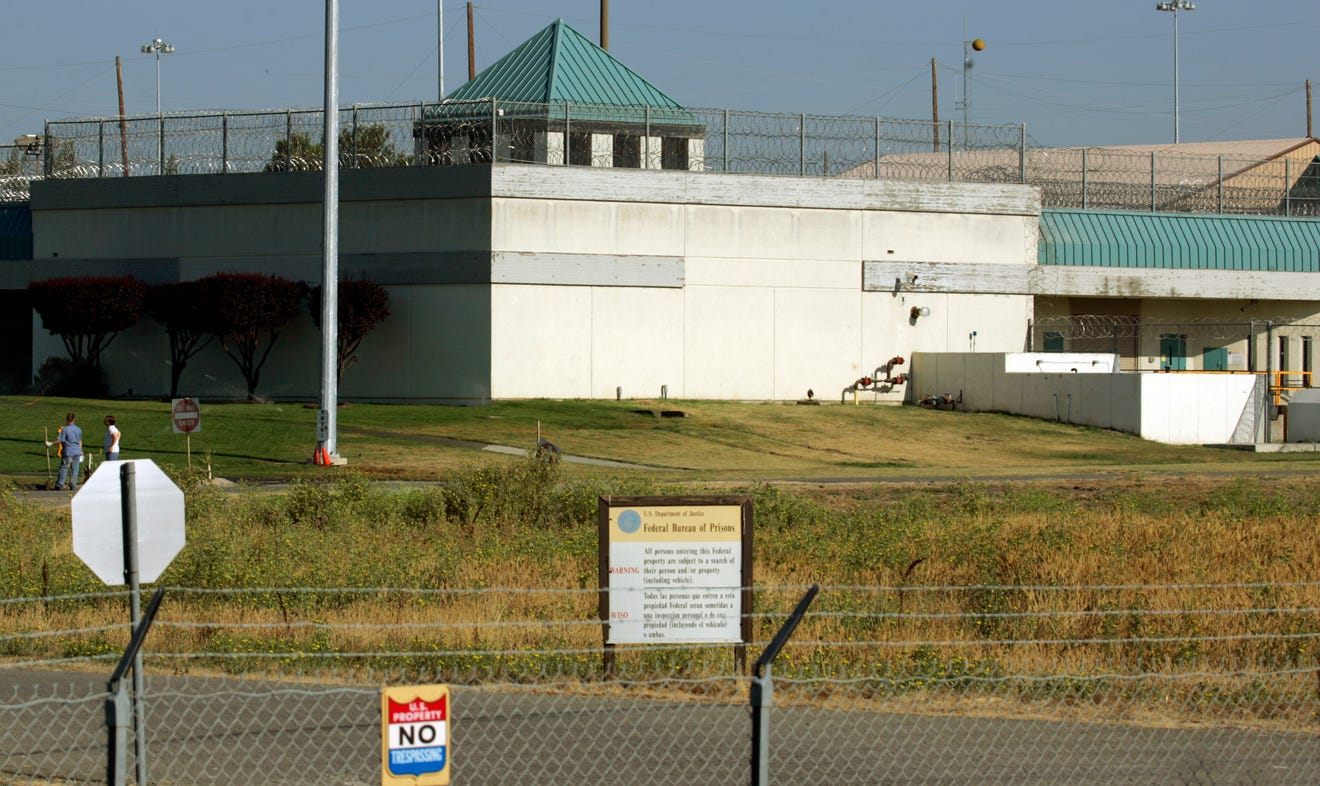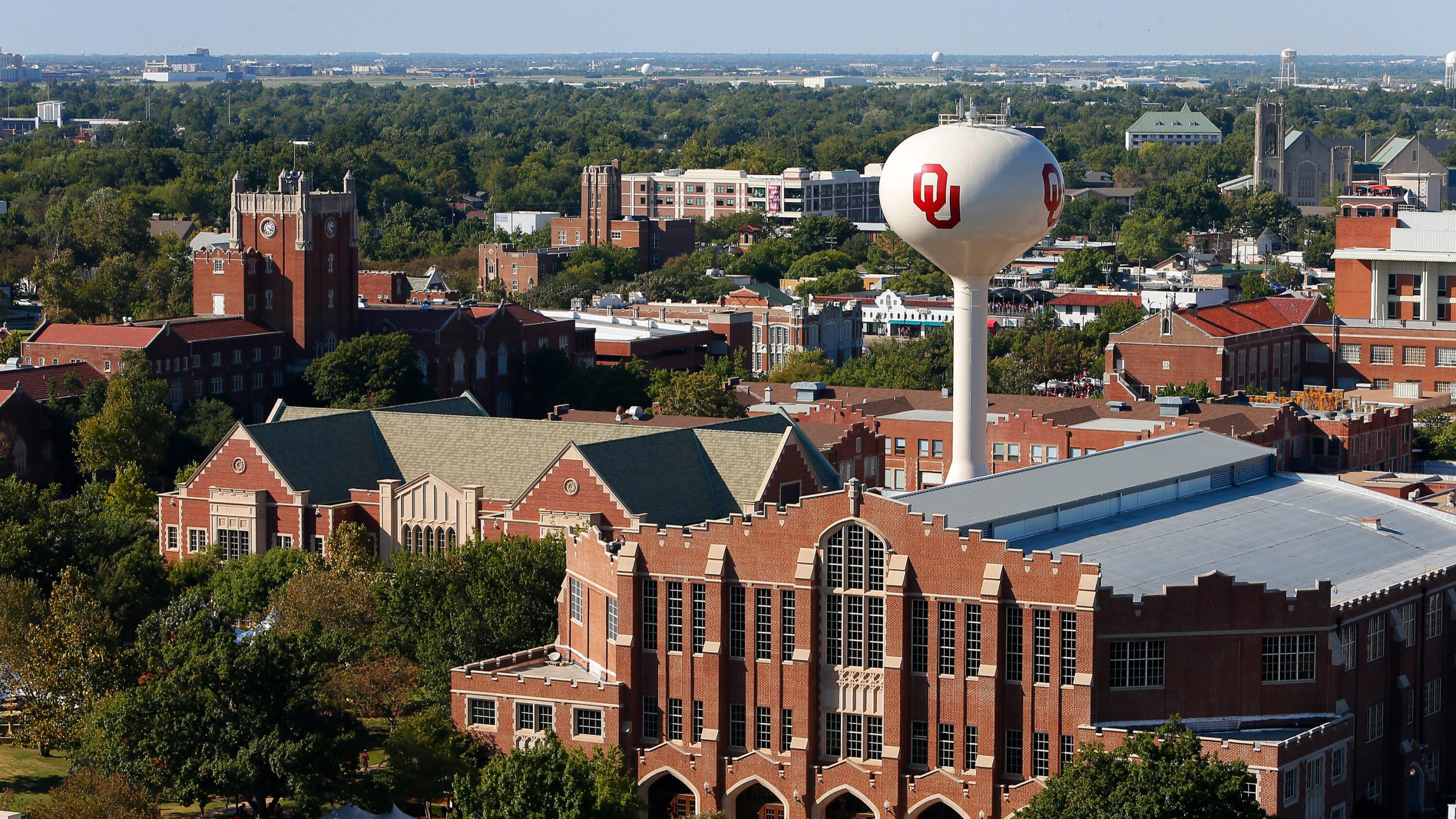A water crisis is looming in the West as seven states struggle to agree on how to divide water from the mighty Colorado River.
The news keeps swirling: California plays hardball with its neighbor states, draconian cuts like lawn bans could be coming and massive reservoirs approach the dreaded “dead pool.”
The monthslong effort got more complex this week when California rejected a plan the other six states had put together, tossing an already contentious process into disarray.
This all matters because the river provides a significant amount of the water that makes life in the West possible. From Denver to Los Angeles, more than 40 million people depend on it to keep their farms flourishing and taps flowing.
With a 23-year drought that’s brought river levels to some of the lowest levels ever recorded, how to reapportion that water has reached a crisis level.
What to know about the West’s brewing water war:
What’s the Colorado River Compact?
In 1922, the Colorado River Compact was signed by seven Western states to portion out water from the river.
Who got how much water was based – after decades of legal wrangling – on who was using the most back when the compact was decided. It’s basically a “first dibs” system, states that were using the most water in the 1910s got the biggest share.
Those percentages haven’t changed in a century, but the populations of the states and the amount of water to go around has — drastically.
Two facts have long complicated the West’s water problems. First, populations have soared in drought-stricken regions that depend on the river for water. And second, agriculture currently accounts for most of the water usage from the Colorado River — about 80%.
What’s the deadline for Colorado River Compact negotiations?
The river’s flow has been falling for years, partly due to overuse and partly due to warming weather and increased drought driven by climate change. It’s estimated 40% of the severity of the current drought is attributable to human-caused climate trends.
Last summer the Bureau of Reclamation asked the seven states to come up with a plan to reduce their use of the river’s flow by 2 to 4 million acre-feet a year. They were supposed to do that in 60 days. The request was repeated in December.
AUGUST:Taps have run dry in a major Mexico city for months. A similar water crisis looms in the US, experts say.
An acre-foot is the amount of water it takes to cover an acre with water one foot deep. It’s about 326,000 gallons of water. The average California household uses between one-half to one acre-foot of water a year.
Finally, the bureau said that if the states didn’t put together a plan by Jan. 31, it would come up with one on its own.
What did California do to complicate the process?
On Monday all the states but California submitted a plan suggesting overall decreases. It took into account evaporation along the water’s flow, which meant California’s water allowance would have taken a big cut.
California then launched a bombshell – it rejected the plan and instead said it has senior water rights. It proposed some cuts, mainly targeting states with fewer legal rights to the water, but aimed to preserve the majority of its more than century-old water rights.
While the state as a whole gets only about 15% of its water from the Colorado, that water is one-third of what’s used by southern California, home to 23 million people.
With no consensus, the Bureau of Reclamation will now begin to review alternatives.
What’s ‘dead pool’?
A big concern has been the drastically falling levels at two of the West’s biggest reservoirs, Lake Powell and Lake Mead, which have fallen to one-third their capacity. The fear is that they could hit what’s known as “dead pool,” with catastrophic consequences.
More:At Lake Powell, a ‘front row seat’ to a drying Colorado River
More:Human remains discovered in Lake Mead for fourth time as drought causes shoreline to retreat
“Dead pool” is the level at which the water behind either the Hoover or Glen Canyon dam is too low to flow out, halting downstream flows. Water managers worry that could happen within two years.
There’s another number to worry about: the “inactive” pool, which is when there’s still water flowing out of the dams but not enough to generate hydroelectricity.
Electric power produced by the two dams is an important part of the nation’s energy supply. Lake Powell’s eight generators supply electricity to seven western states, and Lake Mead’s 17 turbines generate about four billion kilowatt-hours of hydroelectric power annually.
Why is there a water crisis?
The Colorado River doesn’t have enough water for everyone who wants it and probably never did.
The original Compact agreement was based on average river flows of 17.5 million acre-feet. The average is actually about 15 million acre-feet. Since 2000 that’s fallen to about 12 million acre-feet.
“The demand on the water supply is so much greater than it used to be and so you have two trains barreling down at each other on the same track: climate change and population growth,” said former NASA scientist Tom Painter, who now runs a service that tracks snowfall and runoff.
“The population growth, that alone, independent of climate change, is a huge issue,” he said. “We have much greater pressure on every molecule of water supply.”
Usatoday
Tags:water crisis




